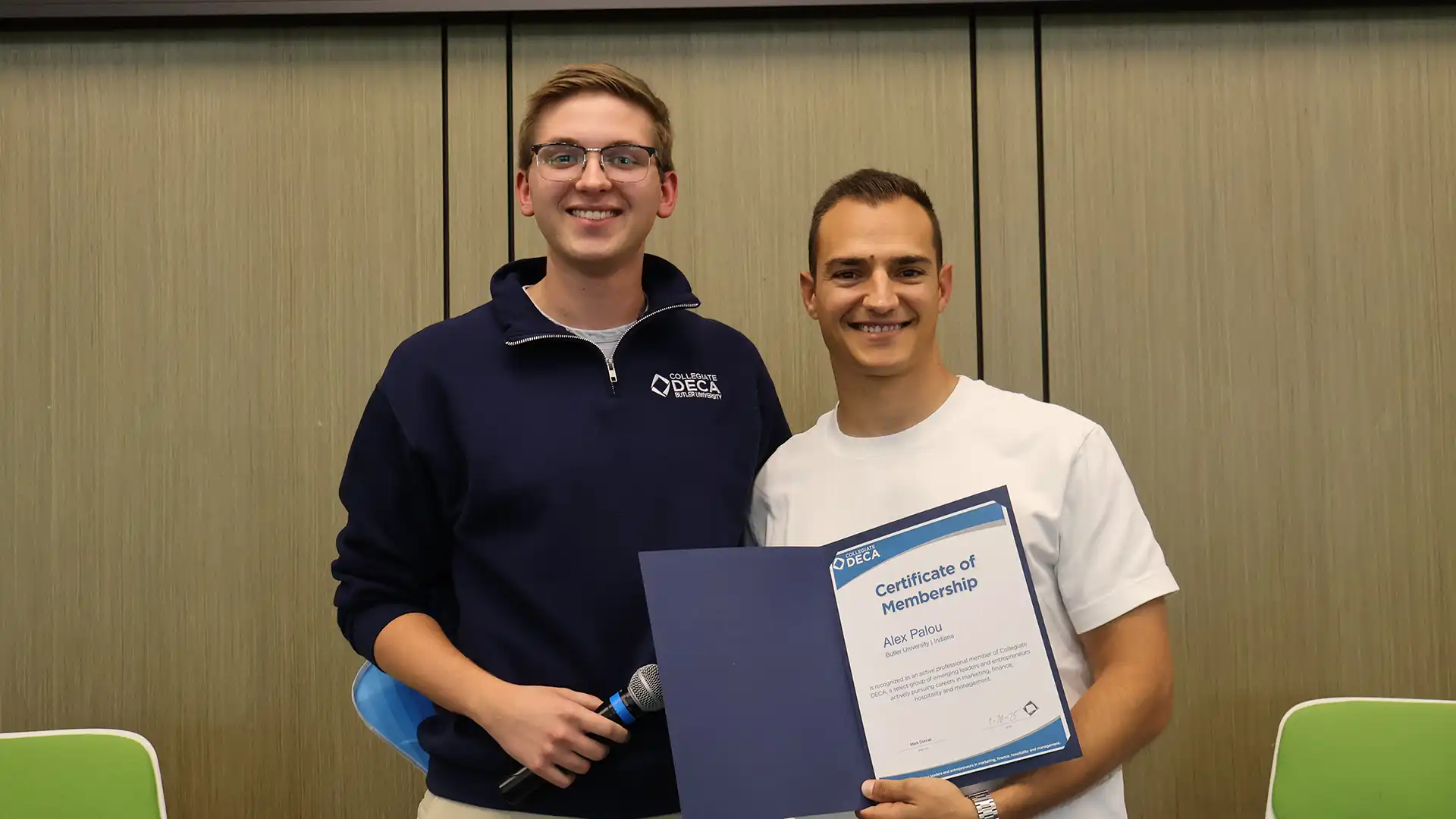Contributed by Caden Boehnen | UW-Whitewater, WI
As the Collegiate DECA competition season approaches, the time to start preparing is now! Whether you are a new or seasoned competitor, this step-by-step guide will help you ace your case study.
Step 1: Review the Performance Indicators (PIs)
The first and undoubtedly most important step is reviewing your case study's Performance Indicators (PIs). The PIs for your case are usually found on the first page and listed as 5-6 bullet points focusing on key information to use in your role play. PIs are where the bulk of your points for your role plays come from, meaning they can make or break your case study score. Step 3 will provide more information on implementing your PIs into your presentation.
Step 2: Read the Case Study
After reviewing the PIs for your case, the next step is to understand your role, the judge’s role and the problem you’re trying to solve. Be sure to also look for important numbers and any required information you will use for your final presentation while looking through the case study.
Step 3: Creating Your Presentation
Step 3 is where the fun begins for your role play with creating your presentation. One huge recommendation is to create a basic “skeleton” or outline of your presentation before your event to save valuable time. The outline doesn’t have to be perfect; however, it is a great way to get ahead with your presentation. While creating your presentation, it is best to have a title slide and one slide for each performance indicator. A final tip is to have as few words as possible in your presentation to make sure you’re not reading off each slide.
Step 4: Adding Supplemental Information and Visual Aids
The final step of completing your presentation is adding supplemental information and visual aids. These tools help your judge follow along more easily with your presentation and make you seem more knowledgeable about what you are saying. Some examples of supplemental information include adding an agenda, a budget and/or timeline slide and a follow-up slide at the end of your presentation to schedule your next “meeting.”
Step 5: Present With Confidence to Your Judge
After finalizing your presentation, the last step is presenting to your judge. One of the biggest things to remember when presenting is to have confidence in what you are saying, even if you aren’t 100% certain if what you are saying is correct. Without confidence, your judge will find it hard to trust what you say, making it a key part of your presentation.
Following each of these steps will help you improve your case study and presentation skills before competitions begin. Best of luck to everyone competing this year, and we are looking forward to seeing you at CDECA ICDC in San Francisco!














